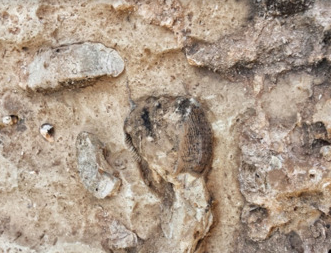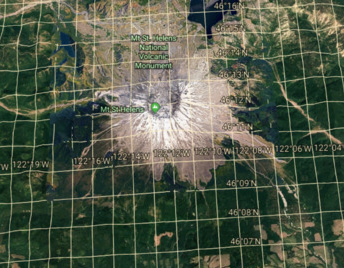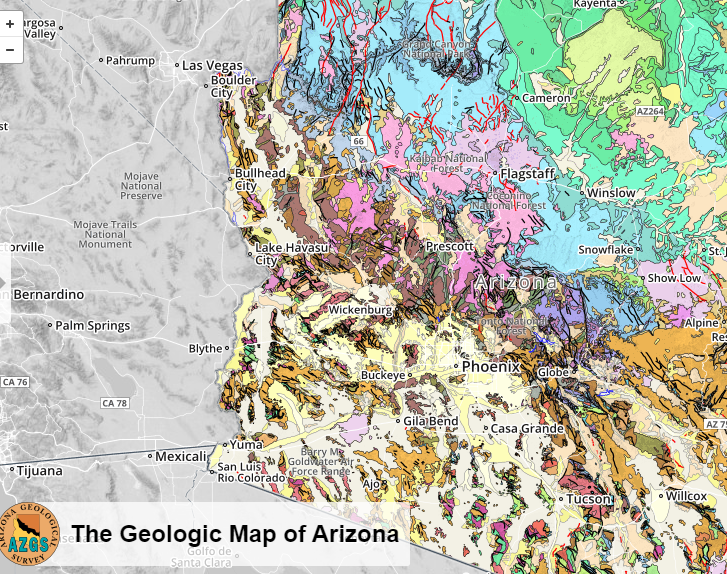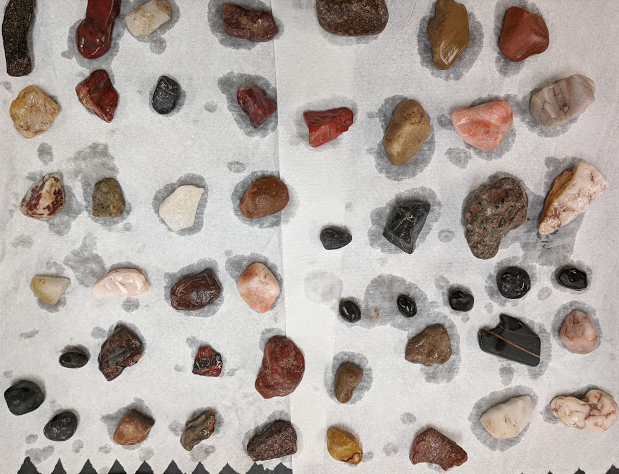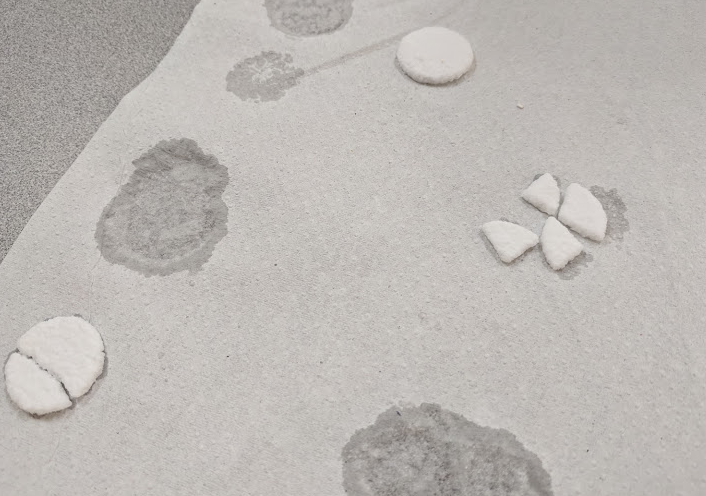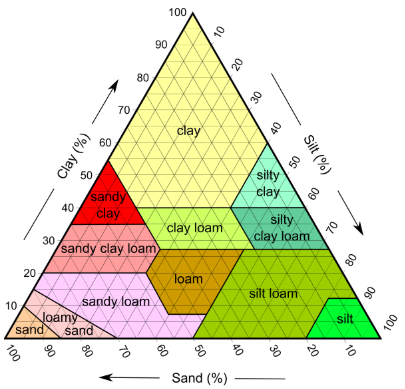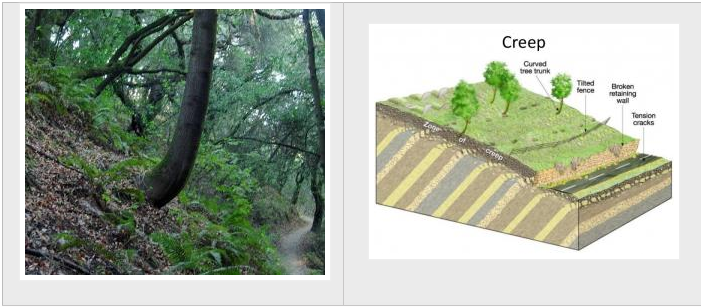Researching Metamorphic Rocks
Image
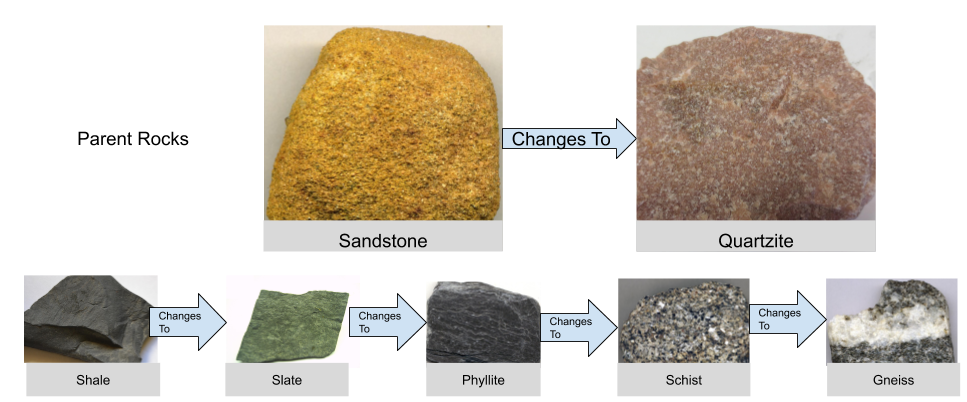
Students will research 8 common metamorphic rocks. Marble, quartzite, hornfels, slate, phyllite, schist, gneiss, and amphibolite. Students will have a better understanding of what foliated vs. non-foliated rocks look like. They will understand what a parent rock is and review some of their mineral knowledge by researching what some of the most dominant minerals are in these particular metamorphic rocks. Finally, when they are done they will discuss with their groups some higher-order thinking questions that will drive the class discussion when the assignment is completed.

